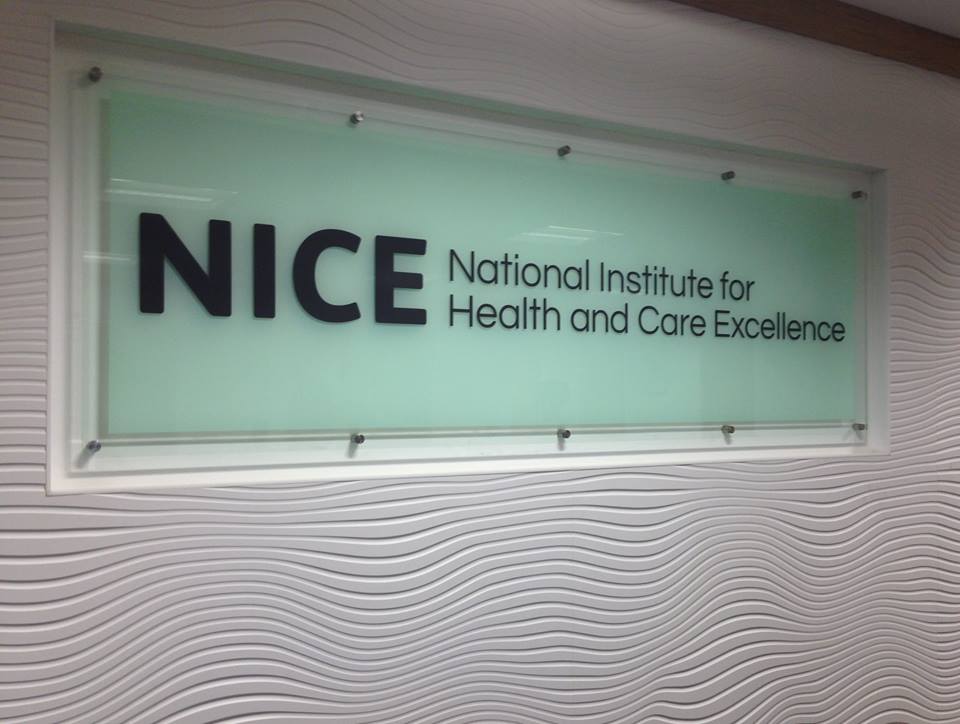NICE suggests lower threshold for hypertension treatment

Thousands more patients could benefit from drugs and treatment for hypertension under new guidance from NICE, which has just gone out for public consultation.
The new draft guideline supports the direction of the NHS Long Term Plan and goals to improve outcomes in cardiovascular disease, including prevention of strokes and heart attacks, through better detection and treatment of high blood pressure.
NICE said the biggest change from the previous guidance published in 2011 is that the threshold for cardiovascular treatment for high blood pressure has been reduced.
Blood pressure lowering drugs should be offered to people aged under 80 with a diagnosis of stage 1 hypertension who have an estimated 10-year risk of cardiovascular disease (CVD) of 10% or more, NICE said in the new guidance.
Stage 1 hypertension is diagnosed when there is no simple identifiable cause of the raised blood pressure – NICE noted that the hypertension may be related, in part, to obesity, dietary factors such as salt intake, physical inactivity or genetic inheritance.
It is estimated that around 450,000 men and 270,000 women would fall into the category of having stage 1 hypertension and a CVD risk of between 10% and 20%.
However, it is difficult to predict what impact using the lower CVD risk threshold will have in practice because there is variability in how the 2011 recommendation with a threshold of 20% is actually being implemented.
Indeed, some estimates suggest around 50% of people in this group are already being treated with blood pressure lowering drugs.
The draft guideline also considered new studies suggesting people with blood pressure below 140/90 mmHg might also benefit from medication and what the effect would be of lowering the blood pressure target for people on treatment.
NICE said some of the studies, which formed a key part of the evidence reviewed in other recent international hypertension guidelines, were difficult to interpret because although they recruited people with raised blood pressure who had increased CVD risk, they also included people who had other CVD risk factors such as established blood pressure-related organ damage from previous CVD, or chronic kidney disease.
Therefore, these studies could not be directly used to inform the recommendations in this draft guidance.












